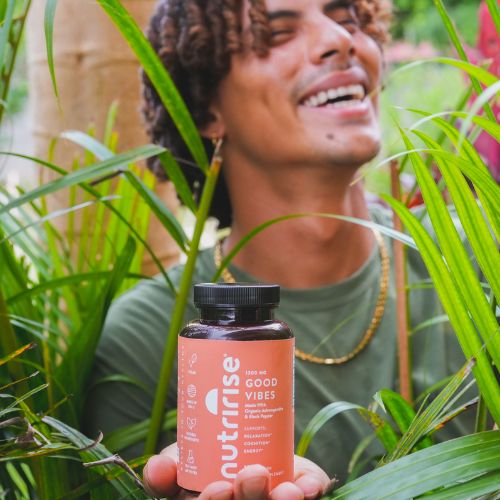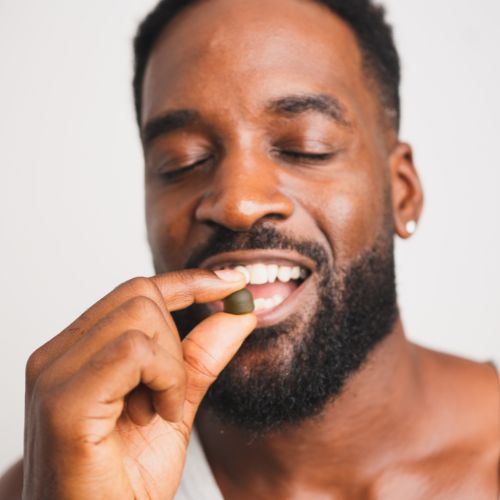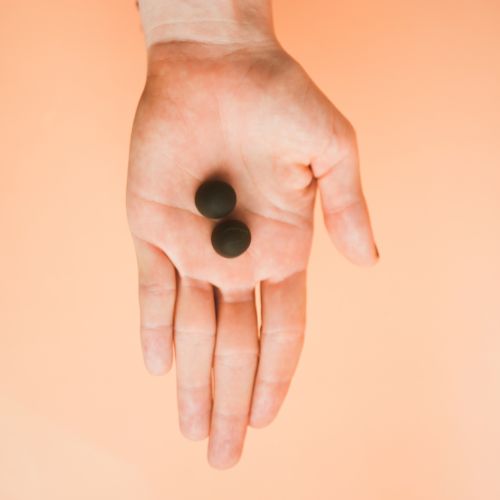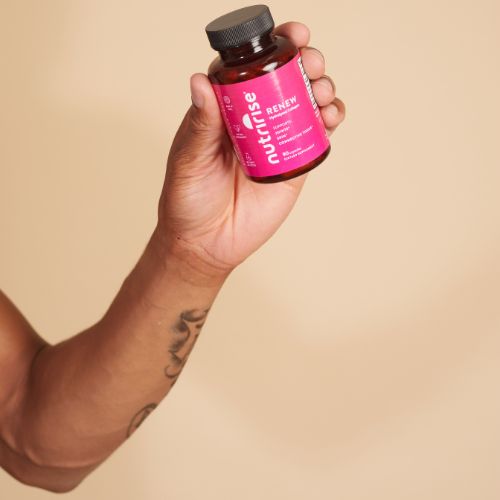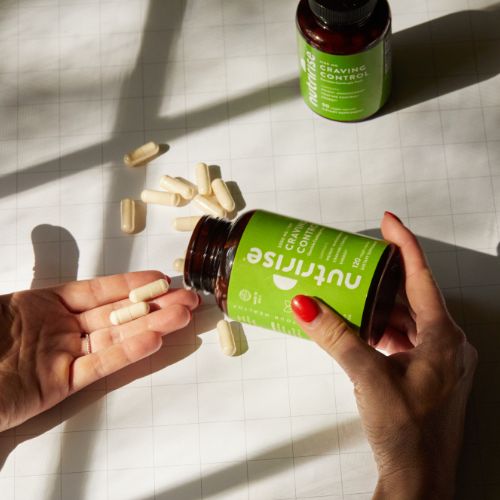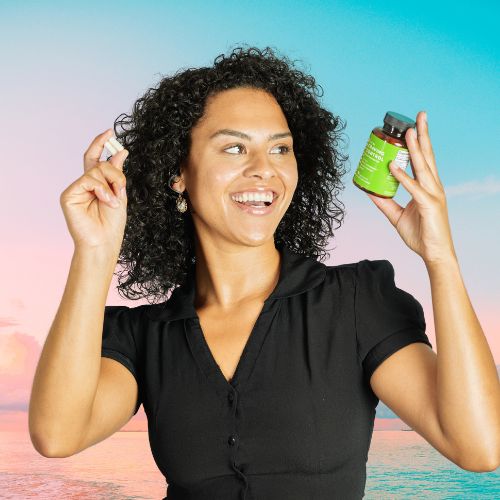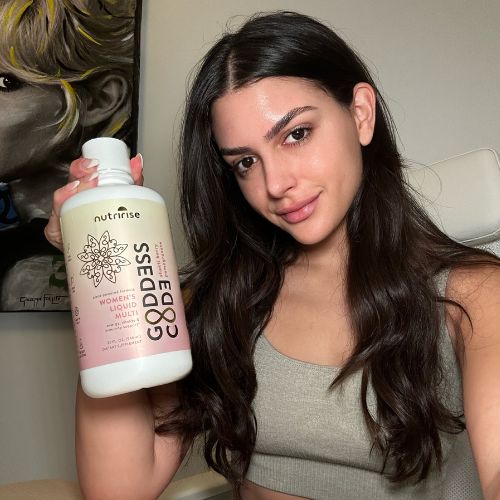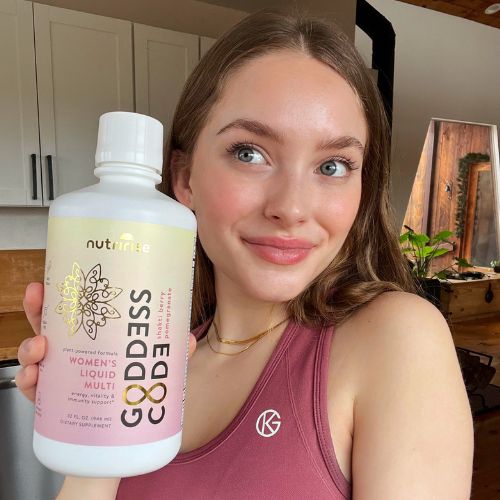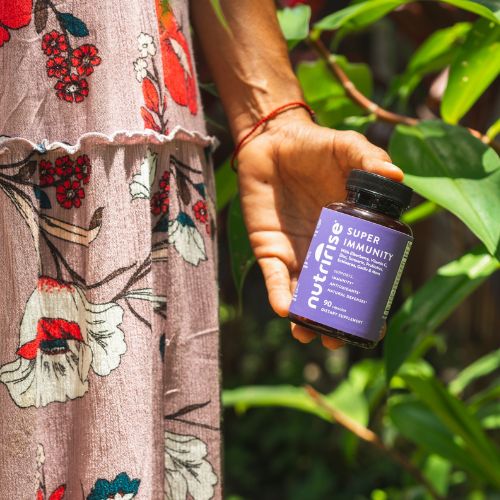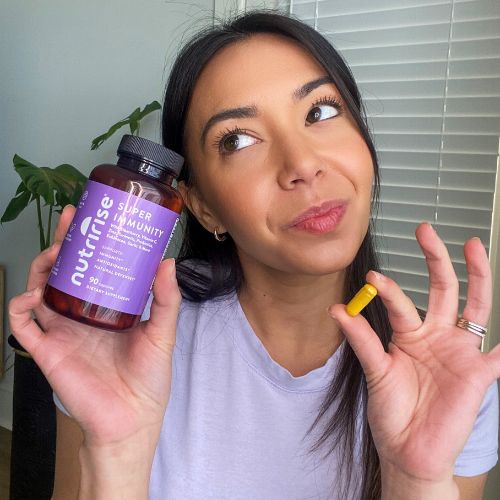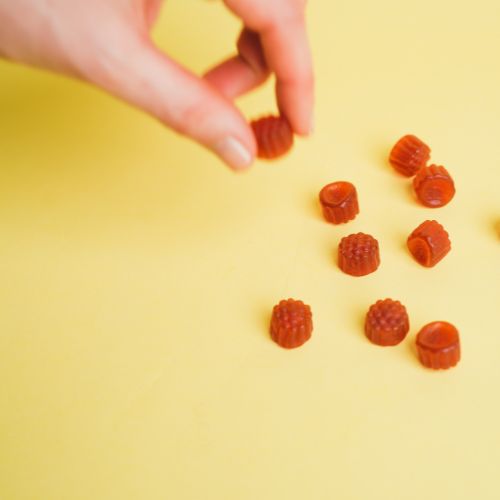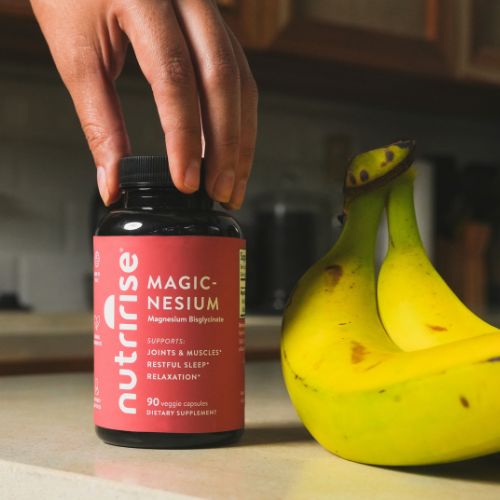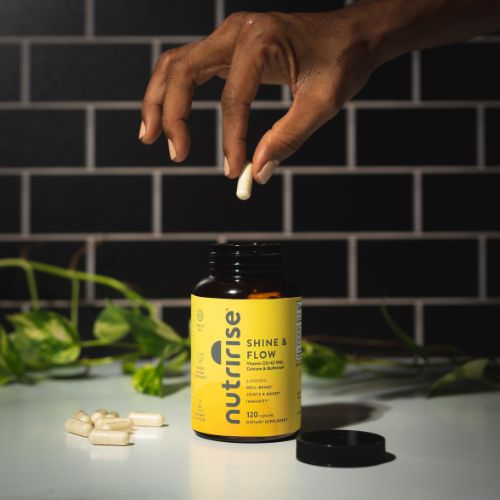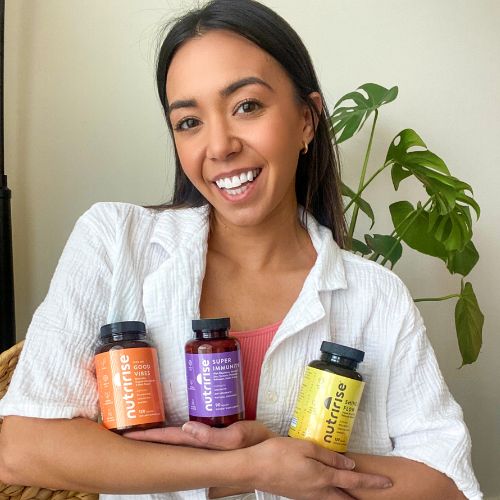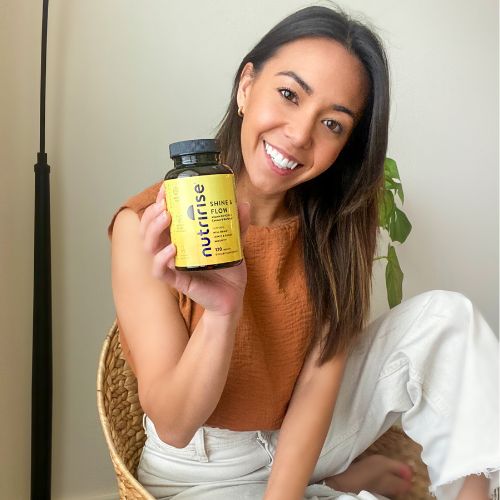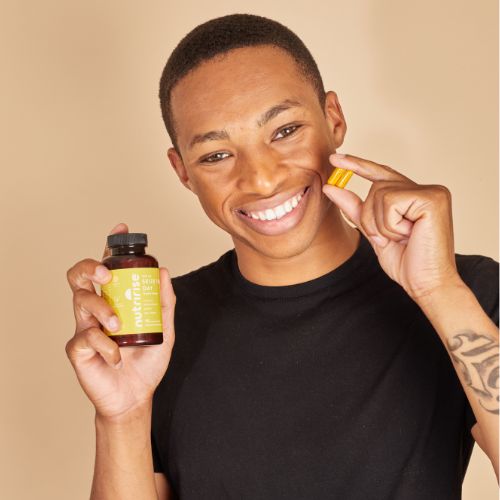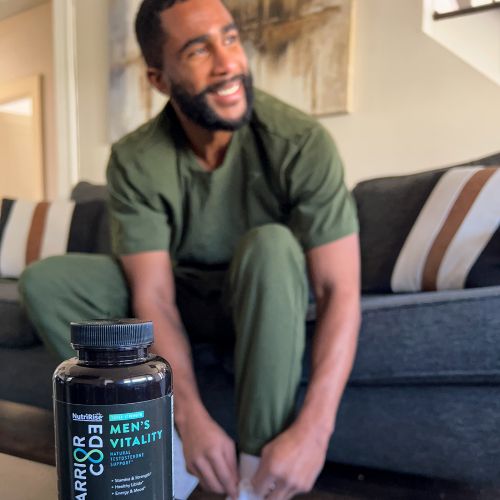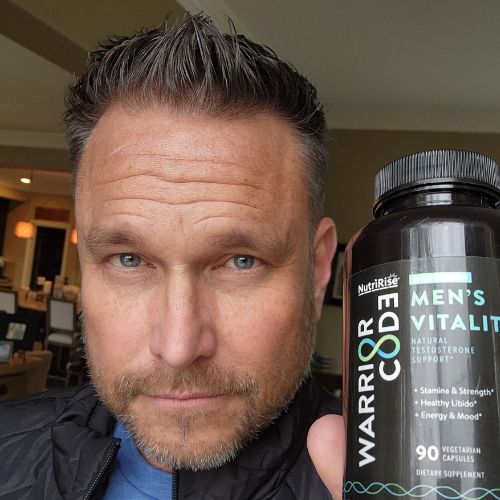• Understanding Turmeric's Anti-Inflammatory Mechanism
Turmeric's therapeutic power stems primarily from curcumin, a bioactive compound that comprises roughly 3-5% of the whole turmeric root. However, curcumin alone tells only part of the story. The complete turmeric root contains over 300 chemical compounds that work synergistically to combat inflammation through multiple pathways.
Scientific research published in the Journal of Medicinal Food demonstrates that curcumin inhibits nuclear factor kappa B (NF-κB), a protein complex that regulates inflammatory responses throughout your body. When NF-κB becomes overactive, it triggers a cascade of inflammatory markers including tumor necrosis factor-alpha (TNF-α) and interleukin-6 (IL-6).
A groundbreaking 2014 study in Clinical Interventions in Aging followed 117 patients with knee osteoarthritis for eight weeks. Participants receiving curcumin extract experienced significant reductions in pain scores and improved physical function compared to the placebo group. What made these results particularly compelling was the absence of gastrointestinal side effects commonly associated with conventional anti-inflammatory medications.
The anti-inflammatory benefits extend beyond joint health. Research published in Advances in Experimental Medicine and Biology shows that curcumin modulates inflammatory pathways involved in cardiovascular disease, metabolic disorders, and neuroinflammation.
• Optimal Dosing: Why 900mg Makes the Difference
After reviewing dozens of clinical studies, researchers have identified 900mg of standardized turmeric root extract as the sweet spot for anti-inflammatory benefits. This dosage provides approximately 27-45mg of naturally occurring curcumin along with the full spectrum of supportive compounds found in whole turmeric.
But here's where most people go wrong: they assume more curcumin automatically means better results. A 2019 meta-analysis published in Drug Design, Development and Therapy revealed that while isolated curcumin supplements can reach higher concentrations, they often lack the synergistic compounds that enhance absorption and biological activity.
The 900mg dosage recommendation stems from multiple factors:
Bioavailability Optimization: This amount provides sufficient curcumin without overwhelming your liver's processing capacity. Higher doses can actually reduce absorption as your digestive system becomes saturated.
Sustained Activity: Studies show that 900mg maintains therapeutic blood levels for 6-8 hours, providing consistent anti-inflammatory support throughout the day.
Safety Profile: This dosage remains well within established safety parameters while maximizing therapeutic benefits.
• The 95% Curcuminoid Extraction Advantage
While whole turmeric root provides broad-spectrum benefits, concentrated curcuminoid extracts standardized to 95% purity offer targeted therapeutic power that can complement your foundational turmeric intake.
Research published in the European Journal of Pharmacology demonstrates that 95% curcuminoid extracts deliver 20-25 times more bioactive compounds than standard turmeric powder. This concentration allows for lower dosing while maintaining therapeutic effectiveness.
A landmark study published in Phytotherapy Research compared various curcumin formulations in 45 patients with rheumatoid arthritis. The group receiving 95% standardized curcuminoids showed superior improvements in joint tenderness and swelling compared to those taking conventional anti-inflammatory drugs.
The extraction process matters significantly. CO2 extraction methods preserve the delicate balance of curcumin, demethoxycurcumin, and bisdemethoxycurcumin—the three primary curcuminoids responsible for turmeric's anti-inflammatory effects. Steam distillation or solvent-based extractions can damage these sensitive compounds, reducing therapeutic potential.
For optimal results, consider combining 900mg of whole turmeric root extract with 200-400mg of 95% curcuminoid extract. This approach provides both the broad-spectrum benefits of whole turmeric and the concentrated therapeutic power of purified curcuminoids.
• Bioavailability: Unlocking Turmeric's Full Potential
Even the highest-quality turmeric means nothing if your body can't absorb it effectively. Curcumin's poor bioavailability has been well-documented, with studies showing that most ingested curcumin is rapidly metabolized by the liver and eliminated from the body.
Several strategies can dramatically improve absorption:
Black Pepper Combination: Piperine, the compound that gives black pepper its bite, can increase curcumin absorption by up to 2000%. A study in Planta Medica found that combining curcumin with just 20mg of piperine enhanced bioavailability significantly.
Fat Solubility: Curcumin is fat-soluble, meaning it absorbs best when taken with healthy fats. Consider taking your turmeric supplement with meals containing olive oil, avocado, or nuts.
Timing Considerations: Research suggests dividing your daily turmeric intake into 2-3 smaller doses rather than one large dose. This approach maintains more consistent blood levels and reduces the risk of overwhelming your absorption pathways.
•Synergistic Compounds for Enhanced Results
The most profound anti-inflammatory results occur when turmeric is combined with complementary compounds that address different aspects of inflammation and joint health. Research supports several powerful combinations:
- Glucosamine Sulfate: The Cartilage Builder
Glucosamine sulfate provides the raw materials your body needs to rebuild and maintain cartilage. A landmark study published in The Lancet (2001) followed 212 patients with knee osteoarthritis for three years. Those taking glucosamine sulfate showed no progression of joint space narrowing, while the placebo group experienced significant deterioration.
The New England Journal of Medicine (2006) published results from the Glucosamine/Chondroitin Arthritis Intervention Trial (GAIT), involving 1,583 patients. While overall results were mixed, participants with moderate-to-severe pain experienced significant relief when combining glucosamine sulfate with chondroitin.
Research indicates glucosamine works by:
-
Stimulating cartilage matrix synthesis
-
Inhibiting cartilage-degrading enzymes
-
Reducing inflammatory mediators in joint fluid
-
Supporting healthy synovial fluid production
- MSM: The Sulfur Powerhouse
Methylsulfonylmethane (MSM) provides bioavailable sulfur, a critical component for maintaining healthy connective tissues. A 2004 study in BMC Complementary and Alternative Medicine found that MSM supplementation reduced pain and improved physical function in patients with knee osteoarthritis.
More impressive results came from a 2011 study published in BMC Research Notes, where participants taking MSM experienced a 33% reduction in pain scores and 42% improvement in physical function after 12 weeks.
MSM supports your body by:
-
Reducing oxidative stress in joint tissues
-
Supporting collagen and keratin synthesis
-
Maintaining cell membrane permeability
-
Providing anti-inflammatory effects
- Boswellia: The Ancient Anti-Inflammatory
Boswellia serrata extract contains boswellic acids that specifically target 5-lipoxygenase, an enzyme involved in inflammatory responses that other compounds don't effectively address. This creates a comprehensive anti-inflammatory approach when combined with other natural compounds.
A 2008 study in Phytomedicine compared boswellia extract to valdecoxib (a prescription COX-2 inhibitor) in patients with knee osteoarthritis. Boswellia provided equivalent pain relief and functional improvement without the cardiovascular risks associated with the prescription medication.
Research published in the International Journal of Medical Sciences (2011) showed that participants taking boswellia extract experienced:
-
65% decrease in pain scores
-
60% improvement in physical function
-
Significant reduction in cartilage-degrading enzymes
• Safety Considerations and Contraindications
While turmeric enjoys an excellent safety profile for most people, certain considerations warrant attention. High-dose turmeric supplementation can interact with specific medications and may not be appropriate for everyone.
Blood Thinning Interactions: Turmeric can enhance the effects of anticoagulant medications like warfarin or aspirin. If you're taking blood thinners, consult your healthcare provider before starting turmeric supplementation.
Gallbladder Conditions: People with gallstones or bile duct obstruction should avoid turmeric supplements, as they can stimulate bile production and potentially worsen these conditions.
Pregnancy and Breastfeeding: While culinary amounts of turmeric are safe, therapeutic doses should be avoided during pregnancy and breastfeeding unless supervised by a qualified healthcare provider.
Digestive Sensitivity: Some individuals may experience mild digestive upset, especially when starting higher doses. Begin with smaller amounts and gradually increase to assess your tolerance.
Iron Absorption: Turmeric can inhibit iron absorption when taken with iron-rich foods or supplements. Space turmeric intake at least two hours away from iron supplementation if needed.
• Timing and Implementation Strategy
Success with turmeric supplementation requires strategic timing and consistent implementation. Research suggests several optimal approaches:
Morning Foundation: Take 450mg of turmeric root extract with breakfast, including healthy fats for enhanced absorption.
Midday Boost: Add 200mg of 95% curcuminoid extract with lunch to maintain therapeutic blood levels.
Evening Support: Complete your daily intake with 450mg of turmeric root extract at dinner, when anti-inflammatory processes are most active during overnight recovery.
Exercise Timing: Consider taking an additional dose 30-60 minutes before intense physical activity. Studies show pre-exercise curcumin supplementation can reduce exercise-induced inflammation and muscle soreness.
Consistency Matters: Unlike acute medications, turmeric's anti-inflammatory benefits build over time. Most clinical studies showing significant results involved 8-12 weeks of consistent supplementation.
• Measuring Your Progress
Tracking your response to turmeric supplementation helps optimize your approach and maintain motivation during the initial weeks when benefits may be subtle.
Pain Assessment: Use a simple 1-10 scale to rate your pain levels daily, noting patterns and improvements over time.
Functional Improvements: Monitor specific activities that were previously challenging—climbing stairs, opening jars, or walking distances.
Sleep Quality: Many people report improved sleep as inflammation decreases. Track your sleep quality and morning stiffness levels.
Energy Levels: Chronic inflammation is exhausting. Note changes in your overall energy and motivation as inflammation subsides.
Laboratory Markers: If working with a healthcare provider, consider tracking inflammatory markers like C-reactive protein (CRP) or erythrocyte sedimentation rate (ESR) before and after 12 weeks of supplementation.
• Unlock Your Body's Healing Potential
Your journey toward reduced inflammation and enhanced vitality doesn't have to be a solo endeavor. The scientific evidence is clear: properly dosed turmeric, enhanced with synergistic compounds and optimized for bioavailability, can provide profound anti-inflammatory benefits that transform how you feel and function.
Remember that consistency trumps perfection. Start with the foundational 900mg daily turmeric dosage, pay attention to bioavailability factors, and consider the powerful synergistic compounds that can amplify your results. Your future self—the one walking pain-free, sleeping soundly, and embracing life with renewed energy—will thank you for taking this crucial step today.
Ready to experience the transformative power of scientifically optimized turmeric? Try NutriRise Joint Restore+ & Turmeric Gummies Today and discover how the right combination of nature's most powerful anti-inflammatory compounds can help you reclaim the active, vibrant life you deserve.






